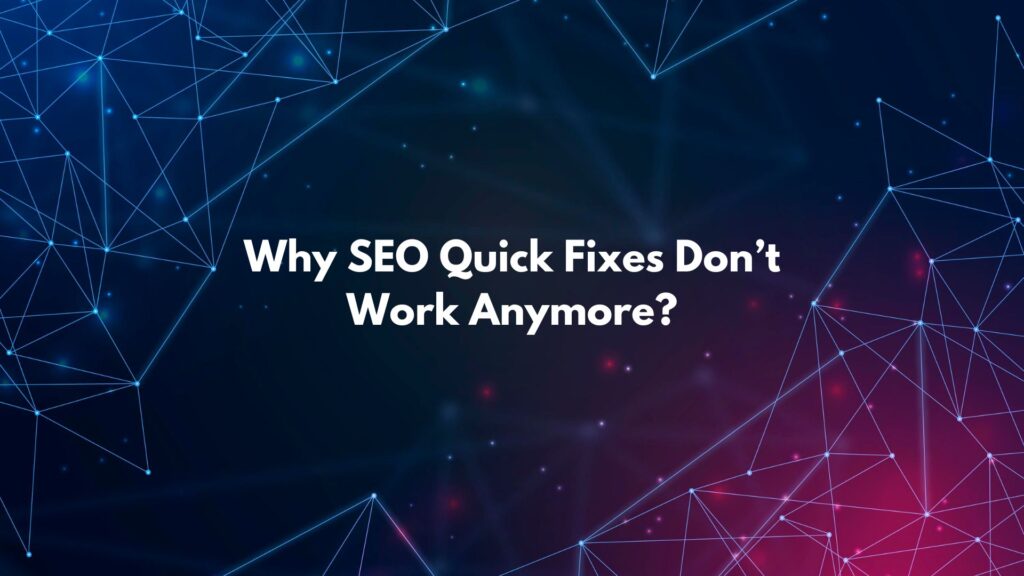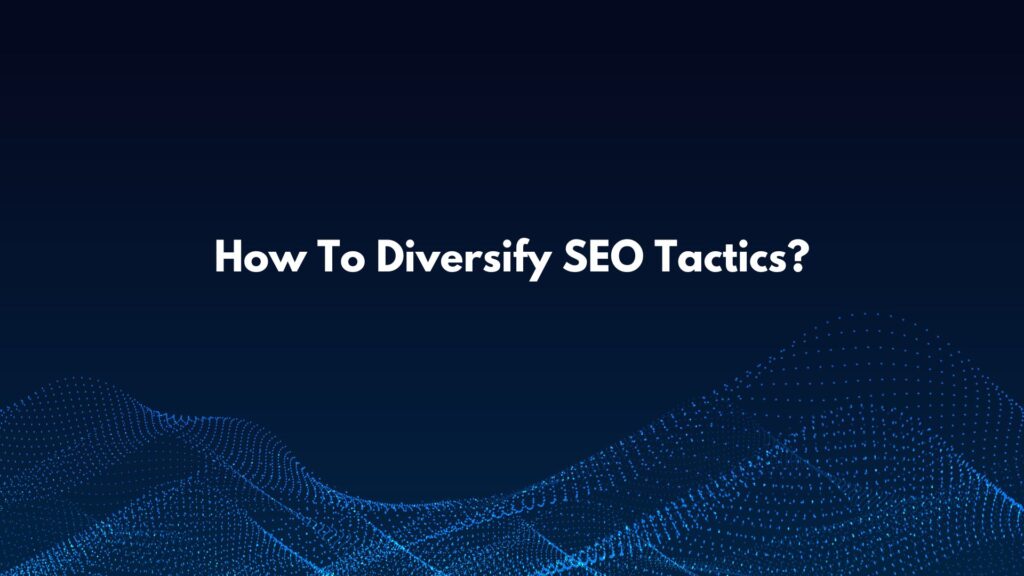There was a time when SEO was like a game of technical tweaks. You could stuff a few keywords in your meta tags, post on some link farms, spin up hundreds of low-quality articles, and see your rankings jump within days. From the early 2000s to around 2011, Google’s algorithm was far less sophisticated. It mainly relied on things like exact-match keywords and the quantity of backlinks not their quality. This opened the door to quick-win tactics that SEOs and marketers across the globe took full advantage of.
People used to hide text by making it the same color as the background, load pages with repeated keywords, and build hundreds of irrelevant backlinks from web directories and blog comments. SEO felt like a series of hacks. Anyone with a bit of technical know-how could manipulate rankings. It wasn’t sustainable, but back then, it worked and that was enough for many to chase the algorithm instead of building value.
Google Panda and the Beginning of the Cleanup
The game changed drastically in February 2011 with the launch of the Google Panda update. This was Google’s first major strike against poor-quality content. Websites with thin, duplicate, or scraped content were hit hard. Content farms like eHow and others saw traffic dip overnight. This update introduced a focus on content quality and user experience, not just keywords. For the first time, Google began evaluating how helpful and original content was.
Quick fixes stopped being so quick. Website owners who relied on content automation or short-form, keyword-heavy blogs began losing traffic. Panda forced SEO professionals to think differently to write for humans, not bots.
The Penguin Update and the Fall of Spammy Link Building
Just a year later, in April 2012, Google launched Penguin, a direct attack on manipulative link building. This update went after websites using link schemes, paid backlinks, and over-optimized anchor text. Suddenly, buying 1,000 backlinks from a Fiverr gig could get your site penalized instead of rewarded. Penguin marked the beginning of Google’s mission to clean up the link ecosystem. It started recognizing the importance of link quality over quantity.
Overnight, thousands of websites lost their rankings. Some never recovered. This was a clear sign that quick-link building was no longer viable. The SEO world began to shift toward earning links through good content and real authority.
From Keywords to Intent: The Rise of Semantic Search
Then came Hummingbird in 2013, followed by RankBrain in 2015. These updates changed how Google understood search queries. Instead of just matching exact words, Google began understanding the intent behind a search. This was the start of semantic search — where Google could relate words to topics and understand context at a deeper level.
Suddenly, stuffing a blog post with “best running shoes” ten times didn’t help. What mattered more was whether your page actually answered the user’s question about running shoes, included comparisons, buying guides, and unique insight. SEO shifted again — from tricks to depth. Content needs structure, clarity, and value.
The Helpful Content Update and End of Low-Effort AI Content
Fast forward to 2022, and Google introduced the Helpful Content Update, which sent a powerful message to the SEO world — content made primarily for ranking, and not for people, would be devalued. It was especially aimed at mass-produced, low-effort content — much of which was being generated through AI tools by the. Sites that had been creating hundreds of articles without real depth or original thought were hit.
This update showed Google’s deepening focus on genuine expertise and helpfulness. Content had to do more than “exist” — it had to solve something for the reader. AI-generated fluff, keyword-stuffed listicles, and pages created just to fill a silo were no longer enough.
Why Quick Fixes Don’t Work Now?
We’re in 2025 now, and search engines are smarter than ever. Google has integrated AI into its own systems (like Search Generative Experience), and can now understand user behavior, page experience, content originality, link authenticity, and brand trust in ways we couldn’t imagine a decade ago.
Let’s break down what no longer works:
-
Changing your meta title every week hoping for a rank boost — Google sees it as unstable and low-trust.
-
Adding AI-written blogs without adding personal insights — Google considers it unhelpful.
-
Chasing long-tail keywords blindly — without building topical authority, they won’t rank.
-
Building backlinks from unrelated or low-quality sources — they’re ignored or flagged.
-
Publishing 500-word blog posts — unless they answer a very specific intent, they’ll be buried.
-
Over-optimizing anchor texts — Penguin still exists and still punishes this.
The truth is, SEO has matured. It’s no longer a technical loophole; it’s a marketing strategy rooted in user behavior, trust, and genuine value.
Today’s SEO Requires Real Strategy and Patience
SEO in 2025 isn’t about what you can do in a day. It’s about what you build over months.
To rank now, you need:
-
Topical Authority: Cover one topic deeply instead of writing about everything.
-
Content Depth: Write long-form content that thoroughly solves the user’s problem.
-
Clean Site Architecture: Help both users and crawlers navigate with ease.
-
Trustworthy Backlinks: Earned through mentions, PR, collaborations — not paid.
-
Fast, Mobile-First UX: Page speed, Core Web Vitals, mobile design — all matter.
-
Consistent Brand Signals: From your About page to your social profiles, be trustworthy.
Most importantly, you need patience. Real SEO growth takes time. A page you publish today might start ranking in 3-6 months, depending on how competitive it is, how authoritative your site is, and how helpful your content is.
Final Thoughts
Quick fixes in SEO are not just ineffective they can be dangerous. Chasing shortcuts puts your site at risk of algorithm penalties, poor user experience, and unstable traffic. In a world where Google keeps evolving toward human-first search, trying to outsmart the system with hacks is a waste of time.
Instead, focus on building something worth ranking. Earn your traffic. Give people real value. Establish yourself as a source of trust.
Use tools like an XML sitemap generator to help search engines navigate your site better, a crawlability checker to ensure nothing is blocking your important pages, and a broken link checker to maintain a seamless experience. These are foundational to technical SEO — and unlike shortcuts, they support sustainable growth.
That’s the kind of SEO that works in 2025 — and will keep working well into the future.



